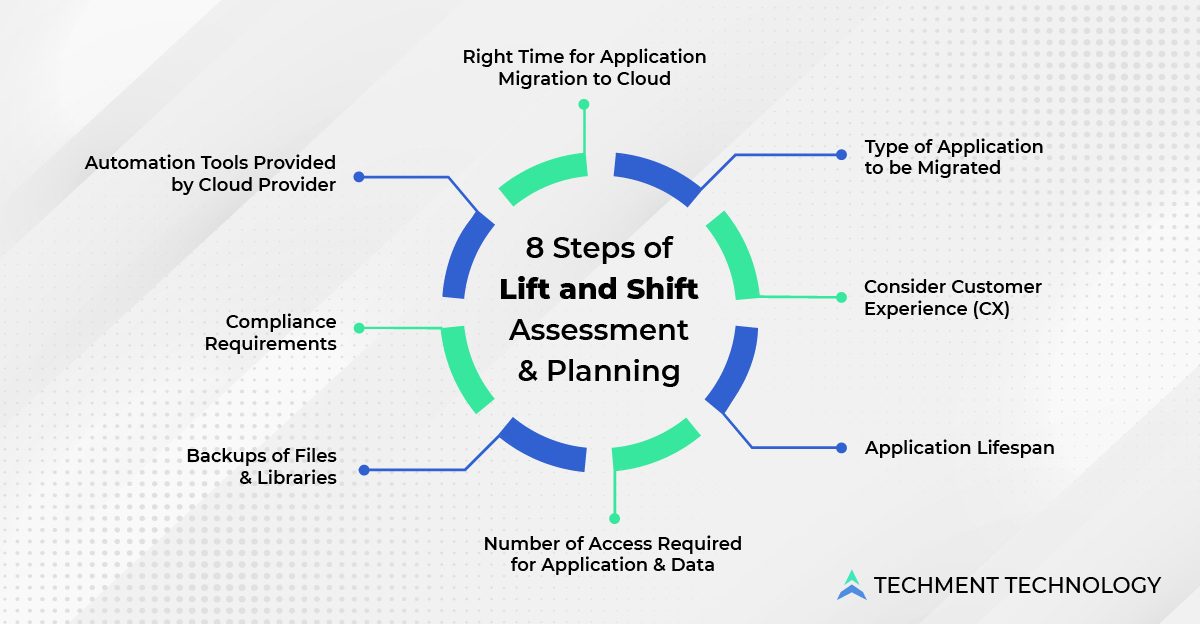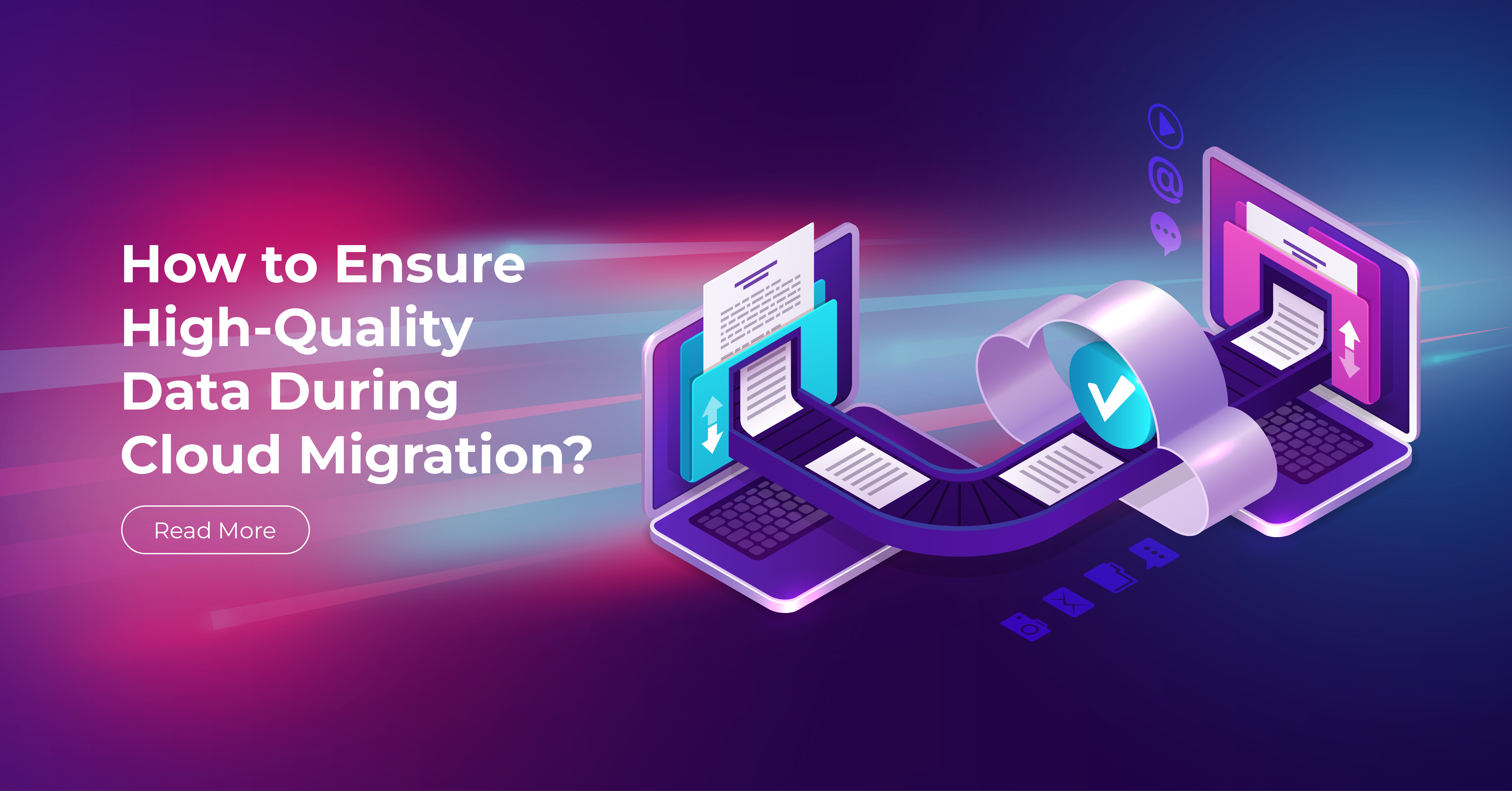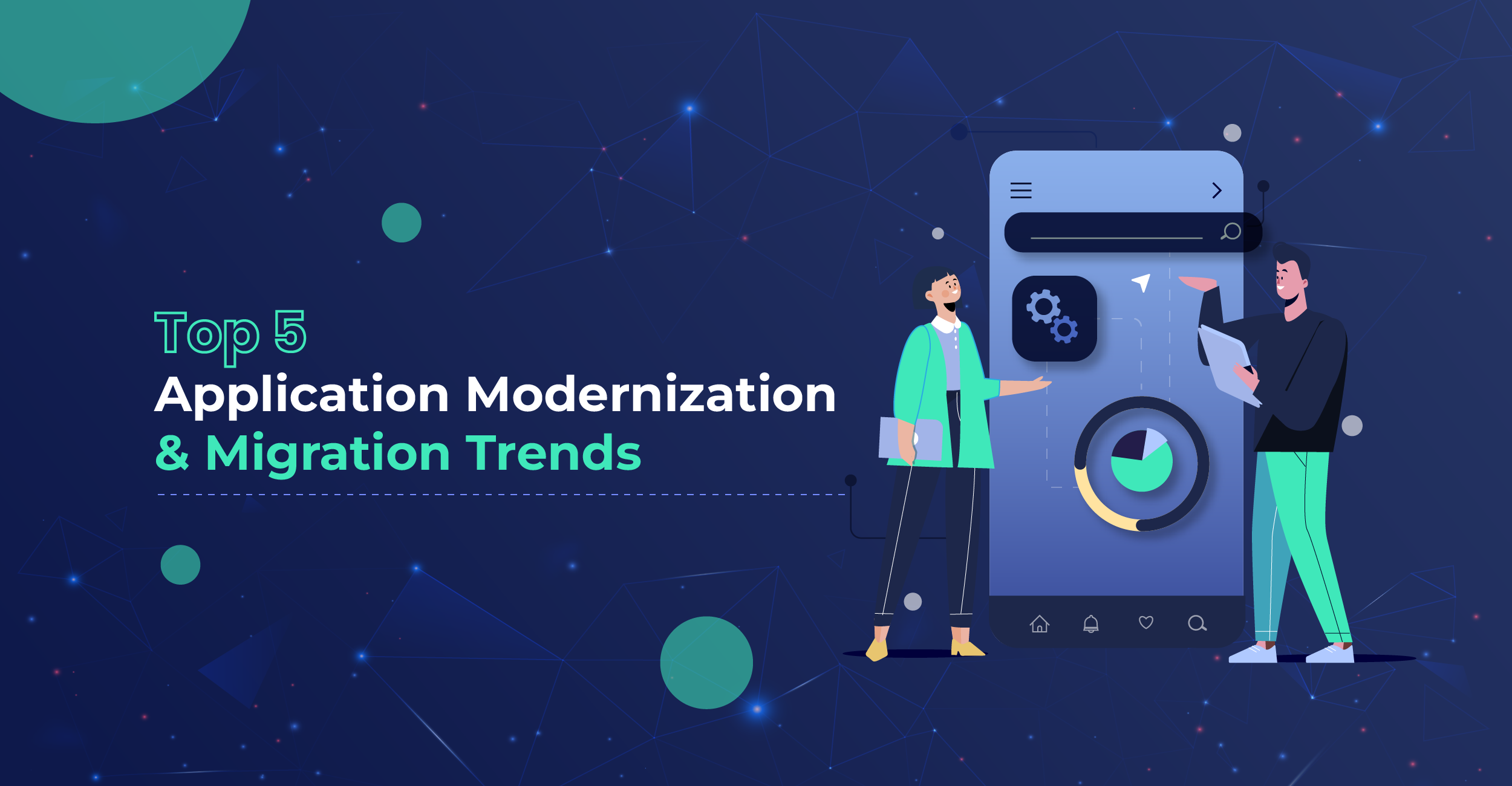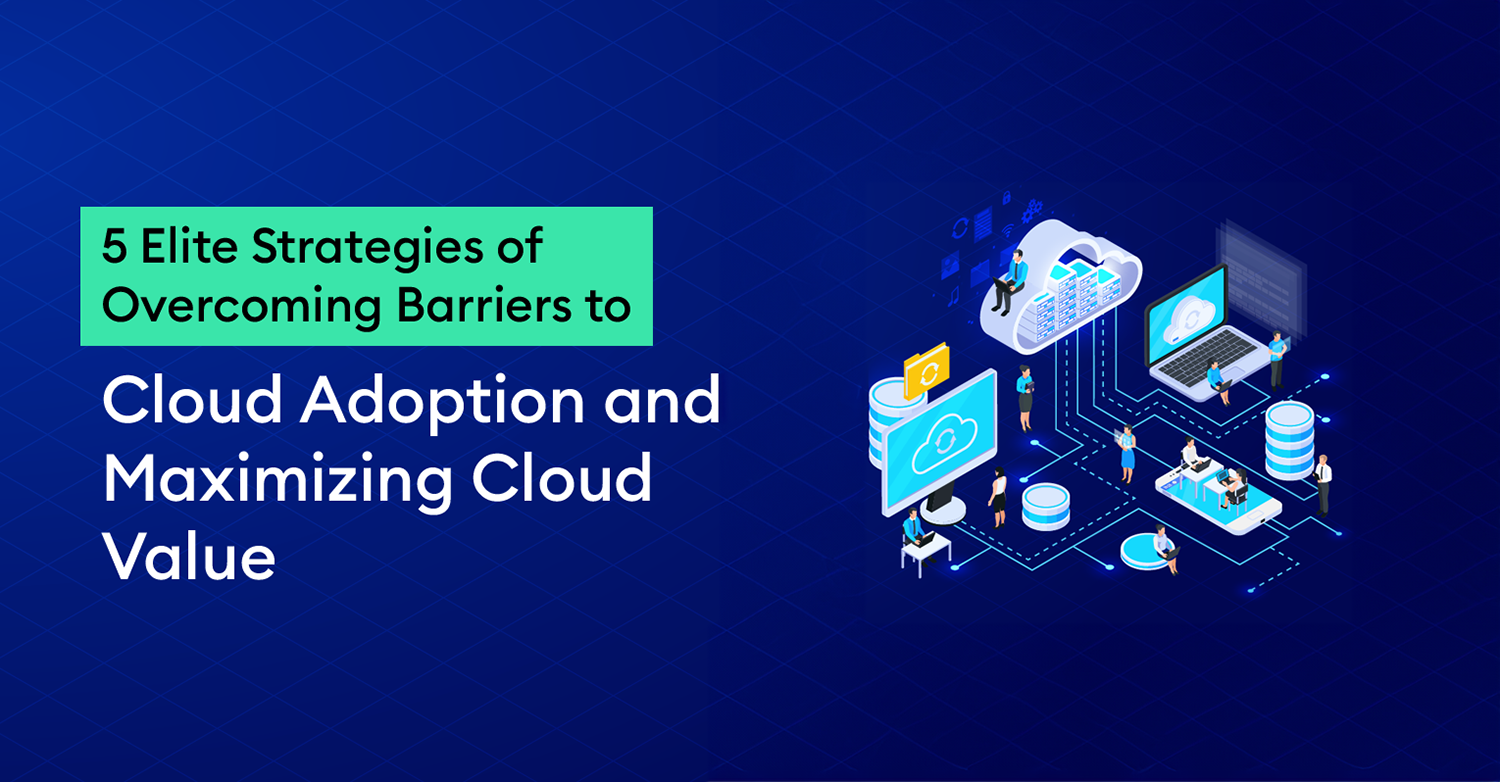Cloud is the next generation space for data processing growing from strength to strength with benefits like better data management, security, lower costs, uninterrupted connections, and more. Database modernization and cost-effective operation are important reasons that organizations are adopting a cloud-first approach.
Application leaders are looking for cloud migration to help remove the obstacles and to modernize legacy applications or systems. The applications created before the cloud could not be refactored or re-platformed to perform effectively in cloud environments but were able to perform when hosted in the cloud (left as it is, in a cloud environment). This was not entirely “cloud-native”. This is where lift-and-shift became a choice.
Lift and shift is the migration process that moves legacy applications as-it-is from on-prem or local data centers to cloud infrastructure with least or no modification, and without changing application code. This uses IaaS (Infrastructure-as-a-Service) service through rehosting. Legacy applications that are “fully” optimized can only be migrated through lift and shift, else, this may be expensive and also legally impossible. Gartner’s report on IaaS says, the worldwide IaaS public cloud service market grew 41.4% in 2021, where Amazon retained the No.1 position.
Reasons for choosing lift and shift (rehosting) over other app modernization solutions are:
- Direct migration to the cloud may affect backup content where lift and shift will make more sense and the process is also simple to perform.
- Organizations that want to retain their on-premise infrastructure, but want to leverage cloud use lift and shift to kick start the implementation of hybrid cloud deployment.
- When migrating off-shelf applications as you cannot re-architect them.
- Need for more cost-effective and more scalable backup and recovery.
But before undertaking the lift and shift (rehosting) for application modernization or data centers, carefully assessing and testing for the compatibility of the destination cloud is critical. Checking its ability to access the data at a reasonable speed, low latency, and easy replication of data without errors, would make the lift and shift successful.
Let’s check important considerations in the catalog of lift and shift for successful migration.
8 Steps of Lift and Shift Assessment & Planning
Rehosting or lift & shift treats the workload primarily as a collection of traditional infrastructure resources like servers, disks, and networks, using IaaS (infrastructure-as-a-Service) in the target cloud platform. But every organization has different considerations and so they must take into account these factors and define checklists to leverage the benefit:

1. Right Time for Application Migration to Cloud: A lift and shift strategy is adopted when it’s necessary to close the data center. However, some factors should be considered before going with this type of migration:
- Carefully access the capital expenditure (CapEx) and ongoing operating expenditure (OpEx), such as power and bandwidth.
- Evaluate whether your business needs greater flexibility and agility.
- Determine whether your business needs to be scaled i.e., needs expansion and contraction capacity.
During high customer demands it’s better not to migrate. So choose the right time to migrate depending on the availability of human and capital resources.
2. Type of Application to be Migrated: Not all applications need migration, some applications need complete refactoring. Also, the one which provides business benefits must only be rehosted, hence the application for which benefits outweigh burdens must be chosen for migration.
3. Consider Customer Experience (CX): Customers are highly embracing online services and mobile applications, and businesses need to keep track of technologies and trends that enhance their experience. Assessing whether or not the rehosting will provide a great experience is necessary. For instance, in some cases it accelerates service delivery, in other cases, it will increase the bandwidth of the service being provided. But in some cases, it may compromise customer data security.
In the long run, managing customer expectations and customer experience (CX) will define success. Neglecting customers’ responses can have drastic business implications.
4. Application Lifespan: Considering how long your application workload will run on cloud or how longer you will use the application is an important factor before it’s migration. In case the application has to retire before 12 months, then there is no use of migration. Hence, expected life of application & data should be considered.
5. Number of Access Required for Application & Data: One important requirement is consideration to the number and types of access required for application. An additional analysis is required to determine how to provide access to other APIs or data that are not included in code.
6. Backups of Files & Libraries: The application codes, libraries, binaries, and databases from existing systems, must be checked before migration. Later, the test of the restore process must be performed using some test environments before the final migration. The final step should take place when the application and data are set up in the cloud followed by delta back-up.
7. Compliance Requirements: Migrating apps from on-prem or private cloud to the hybrid cloud must ensure compliance requirements and should meet during and after the migration. As cloud estate expands, they need better governance controls to maintain visibility. With this, more workloads or applications with compliance mandates will enter the cloud environment.
8. Automation Tools Provided by Cloud Provider: Organizations look for ways that streamline IT operations and application delivery due to modern workloads. Many cloud providers provide automation tools to organizations to help them automate the process of resource deployment and configuration. Examining those tools will determine the capability of your specific situation.
It’s important to be aware of the implications and benefits of cloud migration strategies before executing them. A successful lift & shift (rehosting) needs the planning of checklists. Identifying key milestones, test processes, and avoiding potential pitfalls will set your migration up for success.
Conclusion:
Multi-level Assessment is Required Before Migration & Modernization
Most migrations happen when organizations ensure minimum risk and speed up time of production, which is more suitable in case of lift and shift. It is easier to modernize applications in this migration process, and companies can leverage cloud services and optimization easily.
It’s best to view this journey in various phases, and this should be performed with a multi-level review with well-defined categories. These observations can also be a great learning experience for application modernization initiatives.
Techment technology has provided migration solutions to organizations and is still counting. Our team of expert engineers can deliver the cloud solution that your organization requires. To get more information, get our expert consultation.
 All Posts
All Posts


